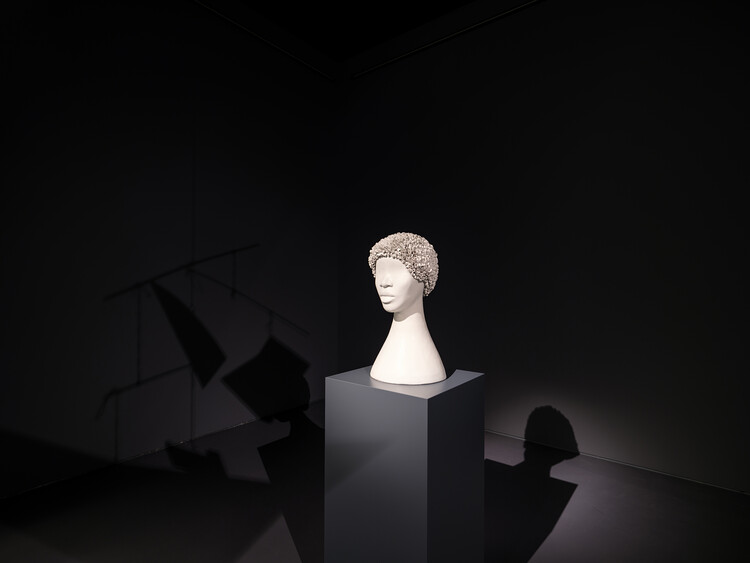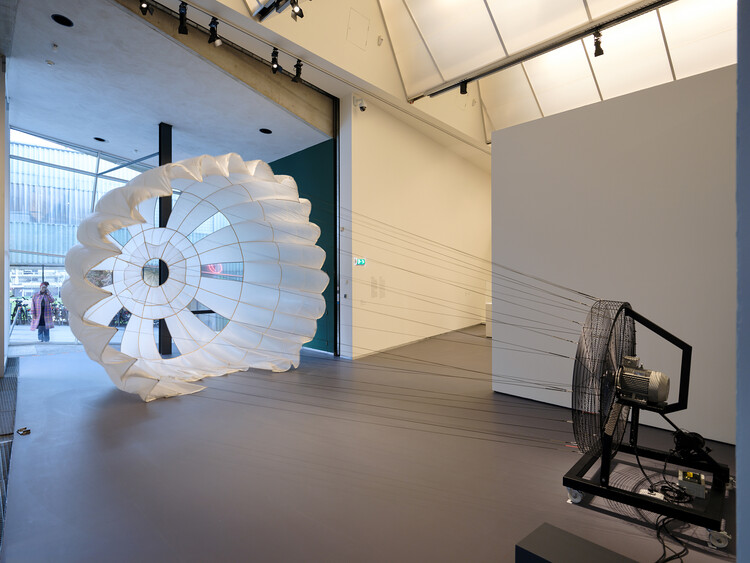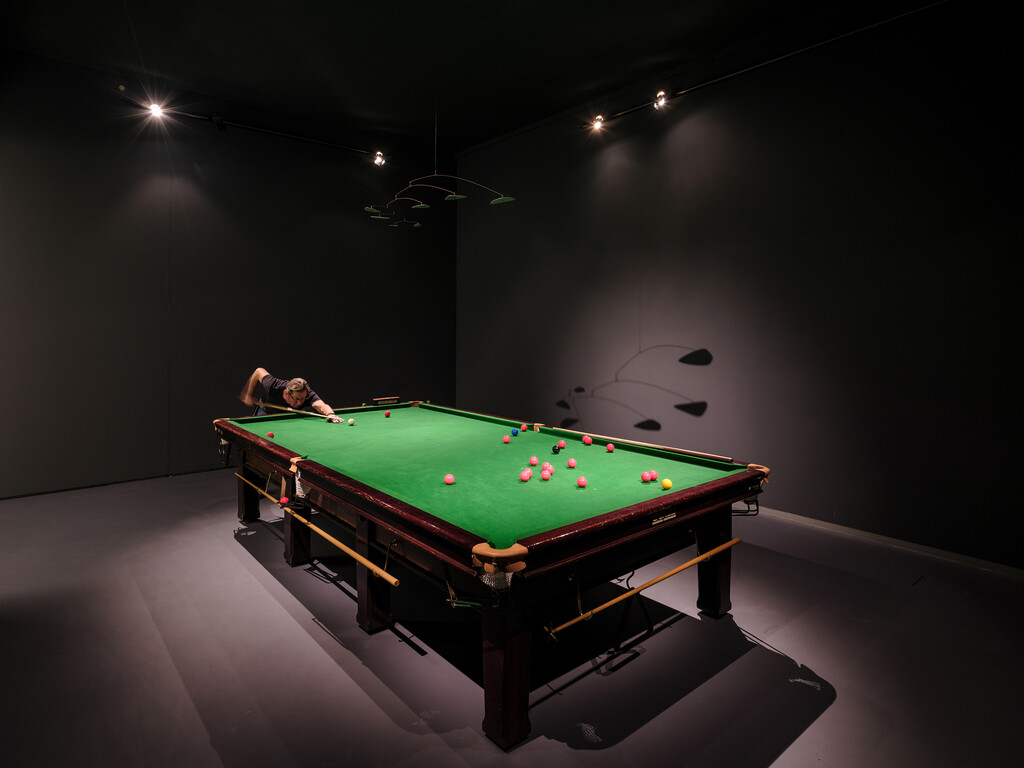ART CITIES: Rotterdam-Calder Now, Part II
 Alexander Calder instigated many revolutionary artistic innovations. In his quest to move beyond the three spatial dimensions, making the fourth dimension of time a prominent and indispensable element of his work, Calder succeeded in transforming the dominant understanding of sculpture. He was the first to remove sculpture from its pedestal, suspending it in mid-air (Part I).
Alexander Calder instigated many revolutionary artistic innovations. In his quest to move beyond the three spatial dimensions, making the fourth dimension of time a prominent and indispensable element of his work, Calder succeeded in transforming the dominant understanding of sculpture. He was the first to remove sculpture from its pedestal, suspending it in mid-air (Part I).
By Efi Michalarou
Photo: Kunsthal Rotterdam Archive
The exhibition “Calder Now” is an impressive exhibition that explores for the first time in Europe the modern master’s enduring and unmistakable influence on contemporary art. The exhibition presents 20 sculptures by Alexander Calder, alongside works by ten prominent contemporary artists and shows how, even 50 years after his death, the legacy of Calder is still a source of inspiration for contemporary artistic practices. In the exhibition, Alexander Calder’s works (a career-spanning selection that includes his iconic mobiles and stabiles)alternate with the installations and sculptures of the contemporary artists. In a fascinating interplay of visual and thematic connections, the public can discover links between the art of today and that of the modern master. The works by artists from our own era resonate with important themes in Calder’s oeuvre: light and reflection, humble materials, the senses, sound, activation, architecture, ephemera, gravity, performance, and positive and negative space. The ten international artists in “Calder Now “are showing works that wouldn’t exist without the precedence of these themes in Calder’s visionary body of art. Some of the works were especially made for the exhibition and are shown to the public for the very first time. In the spring of 2021, Aki Sasamoto spent four months as an artist in residence at the Atelier Calder in Saché, France. There she created “Squirrel Ways”, a piece on the cutting edge of installation and performance. On several occasions during the exhibition, Sasamoto will deliver her performance in the architectural installation. In keeping with the rest of his work, Rirkrit Tiravanija has created the accessible and participative work “untitled 2021 (le jeu de l’araignée rouge)”. In the exhibition space, visitors encounter a billiards table with one white, one yellow, one blue and multiple red balls, and everyone is invited to play a game of billiards. With nothing more than a wall, magnetic tape and a fan, the artist Žilvinas Kempinas has created a dynamic and constantly changing installation called “Flaming Tape” (2021). The kinetic work is activated by air currents that set the strips of tape in motion like a 3D drawing. The use of humble materials is what connects the work of Simone Leigh to that of Calder. Leigh finds inspiration in West African and Native American ceramics traditions. She uses materials like cowrie shells, roses and raffia. The histories and experiences of Black women play an important role in Leigh’s work. In 2022, the artist will be representing the United States during the 59th Venice Biennale. Carsten Nicolai aims to make complicated processes of time, sound, and space accessible and visible to the spectator. In Calder Now his impressive installation “pionier I” (2011) is shown. At intervals, a sizeable, white silk parachute is blown up by a wind machine, simultaneously flooding the Kunsthal’s large HALL 2 with sound. Ernesto Neto appeals to all the senses with his immersive and sensuous installation “It Happens When the Body is Anatomy of Time (2000). Like diagonal columns, enormous Lycra tulle sacks filled with fragrant cloves, cumin and saffron are stretched between the floor and the ceiling. Olafur Eliasson uses natural phenomena such as light and reflection for his research into perception. With his sensory installations he aims to directly involve the spectator in his work. In the exhibition he is presenting two very different works: “Black and yellow double polyhedron lamp” (2011), and “The lost compass” (2013). Roman Signer takes inconspicuous, everyday objects and transforms these into imaginative and surprising pieces. A white shirt, for instance, with the sleeve lifted up by a helium-filled balloon (Hemd, 1995), or a bent organ pipe (Orgelpfeife, 2020). Experimentation and energetic activation are central to his humorous work that offers unexpected perspectives on the world around us. “Still Life with Desk “(2013–15) by Sarah Sze manifests itself to the public like a moment frozen in time. With this installation made of wire and objects, such as photographs, stationary, and disposable cups, Sze researches the construction and measurability of time and space. Monika Sosnowska transforms architectural traces of post-war Poland (her native country) into elegant shapes. On the one hand her “Gate” sculptures appear to be heavy, but on the other they also seem weightless and light-hearted when suspended from the ceiling.
Artists: Alexander Calder, Olafur Eliasson, Žilvinas Kempinas, Simone Leigh, Ernesto Neto, Carsten Nicolai, Roman Signer, Aki Sasamoto, Monika Sosnowska, Sarah Sze, Rirkrit Tiravanija
Photo: Ernesto Neto, It happens when the body is anatomy of time, 2000. National Galleries of Scotland, © Ossip van Duivenbode, Kunsthal Rotterdam
Info: Curators: Dieter Buchhart and Anna Karina Hofbauer, Kunsthal Rotterdam, Museumpark, Westzeedijk 341, Rotterdam, The Netherlands, Duration: 21/11/2021-29/5/2022, Days & Hours: Tue-Sat 10:00-17:00, www.kunsthal.nl
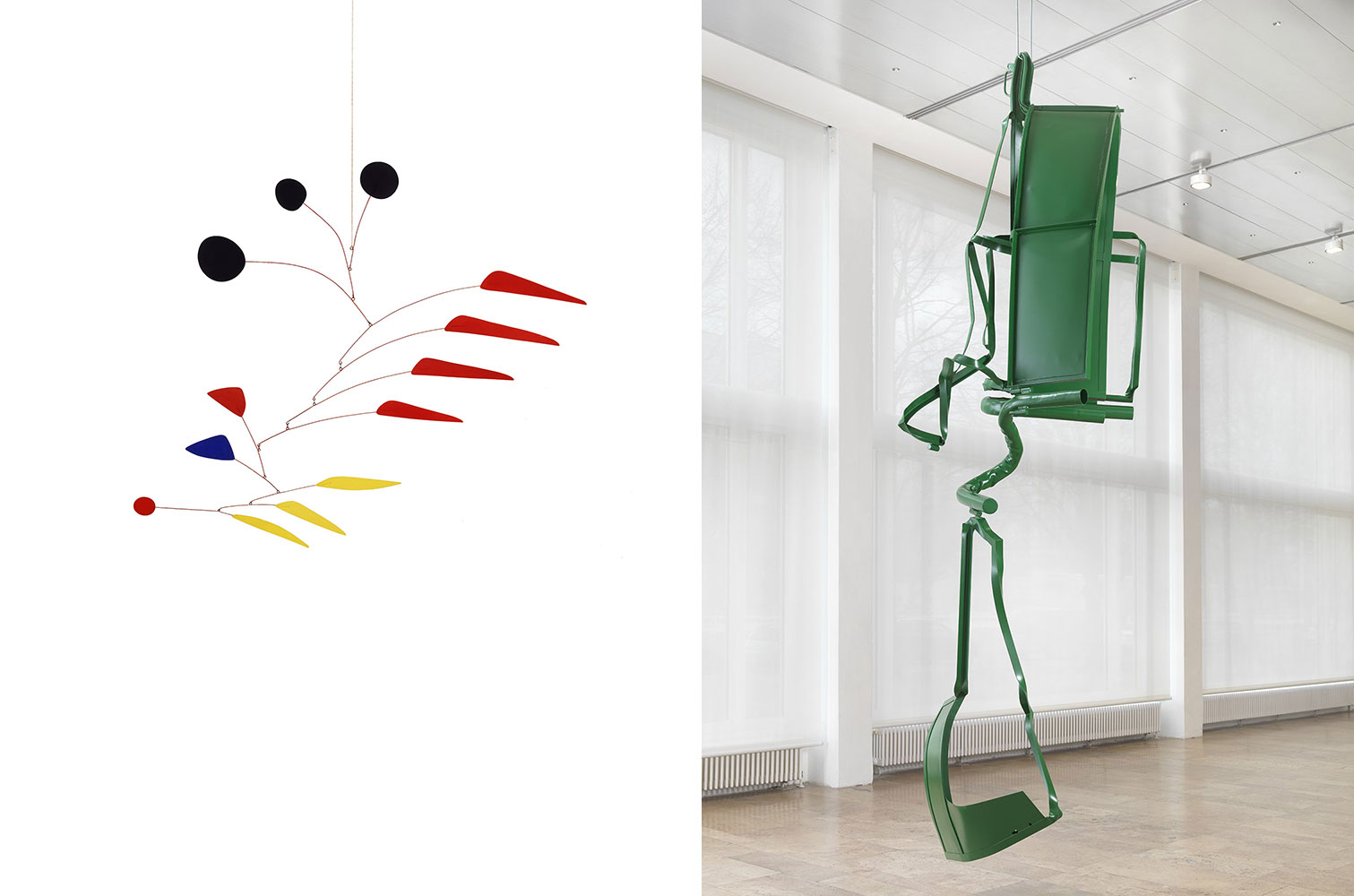
Right: Monika Sosnowska, Gate 3, 2014, Courtesy the artist, Galerie Gisela Capitain, Cologne and Capitain Petzel, Berlin. Photo: Jens Ziehe
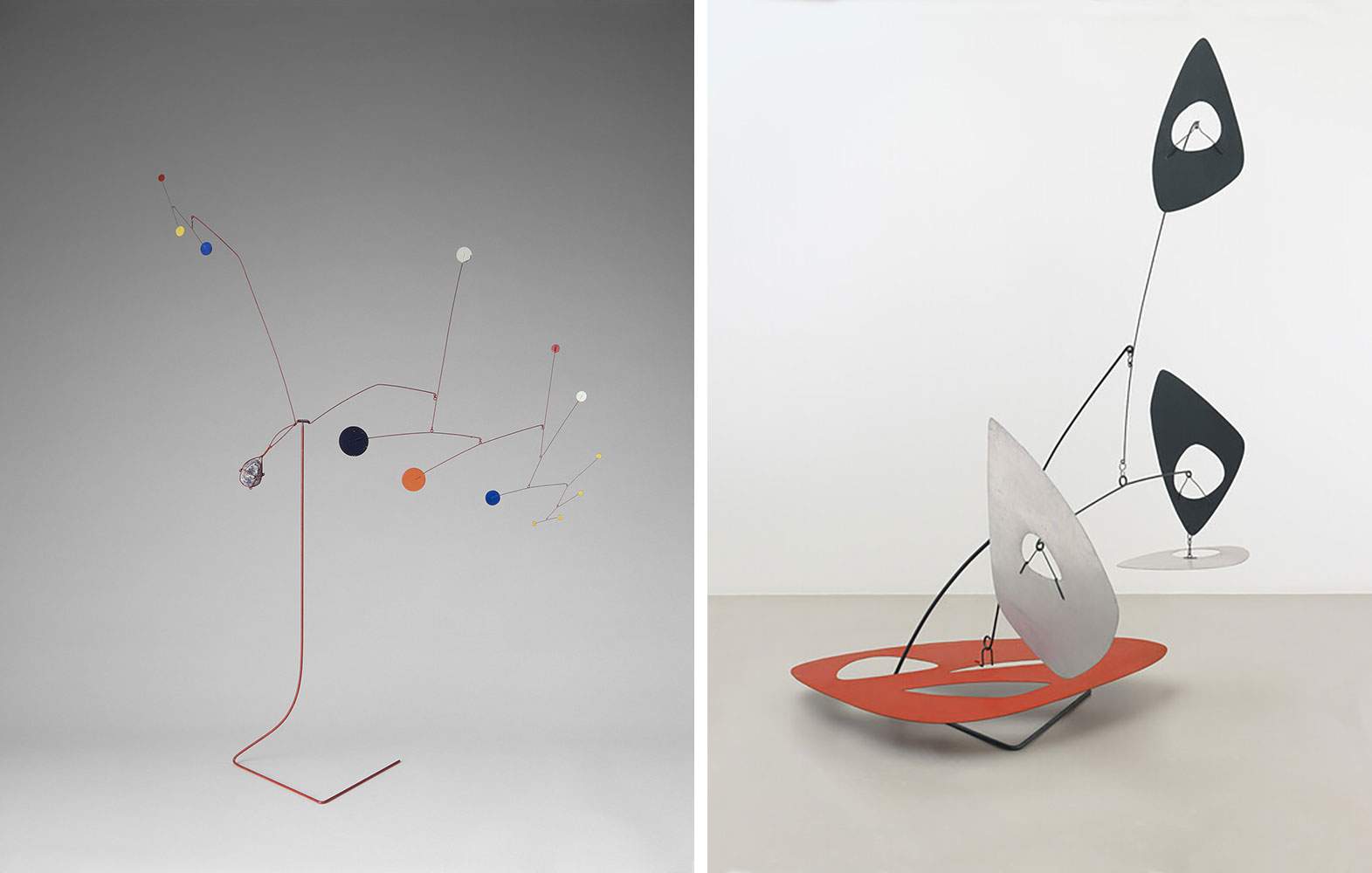
Right: Alexander Calder, Red is Dominant, 1947. Photograph by Tim Nighswander/IMAGING4ART courtesy of Calder Foundation, New York / Art Resource, New York. © 2021 Calder Foundation, New York / Artists Rights Society (ARS), New York / Pictoright, Amsterdam
